The Neolithic Period in Malta
The Neolithic period, also known as the New Stone Age, was an important time in human history. In Malta, this period started around 5,000 BCE, when the first settlers arrived on the islands (Camilleri, 2020). These early people brought new tools, skills, and ideas that changed their way of life and left behind a fascinating legacy that we can still explore today.

The First Farmers
One of the most important changes during the Neolithic period was the development of farming. The first settlers in Malta grew crops like wheat and barley and raised animals such as sheep, goats, and pigs (Evans, 1971). They no longer depended only on hunting and gathering for food. Farming gave them a steady supply of food and allowed them to settle in one place instead of moving around. They built small villages and started to live in communities, working together to survive (Trump, 2002).
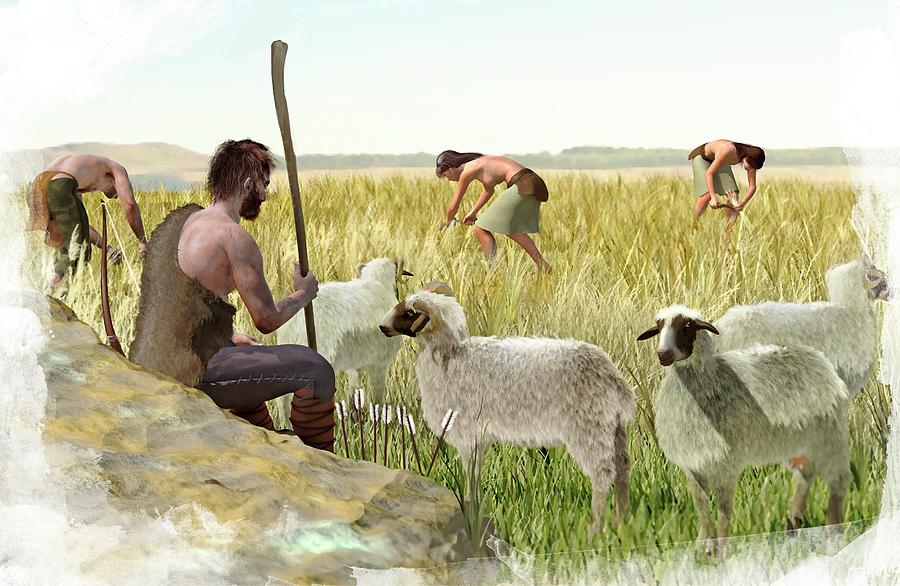
Amazing Stone Temples
The Neolithic people of Malta are most famous for their incredible stone temples. These temples, such as Ġgantija in Gozo and Ħaġar Qim on the main island of Malta, are some of the oldest free-standing buildings in the world. Built around 3,600 BCE, these structures were made from huge limestone blocks, some weighing several tons (Trump, 2002). Archaeologists believe the temples were used for religious ceremonies and rituals. The people worshipped nature and possibly deities related to fertility, as shown by the “fat lady” statues found in the temples (Camilleri, 2020). These figures represent abundance and the importance of life and growth.
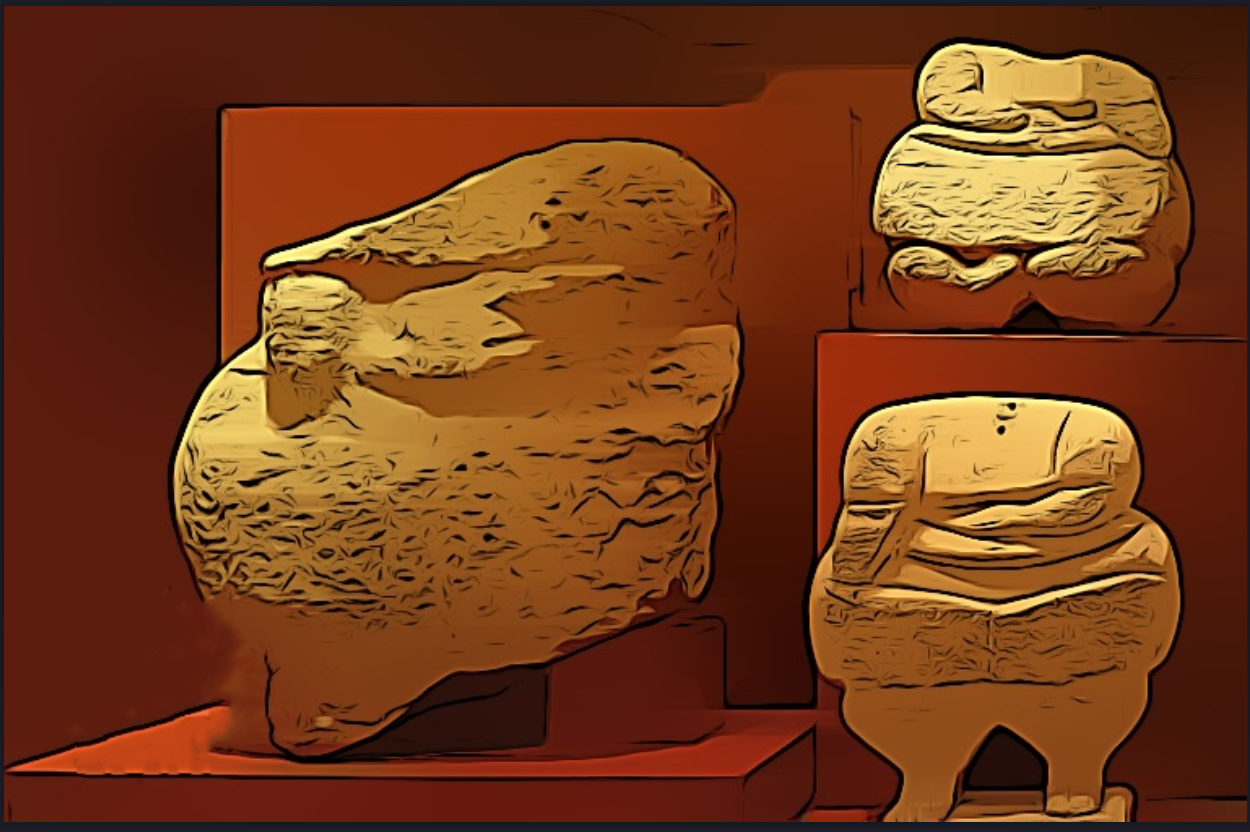
Tools and Pottery
During the Neolithic period, people in Malta made tools and pottery that helped them in their daily lives. They used flint and other stones to create sharp tools for cutting and carving. Pottery was used for cooking, storing food, and holding water. The designs on their pottery often included spirals, which might have had special meanings to them (Evans, 1971).
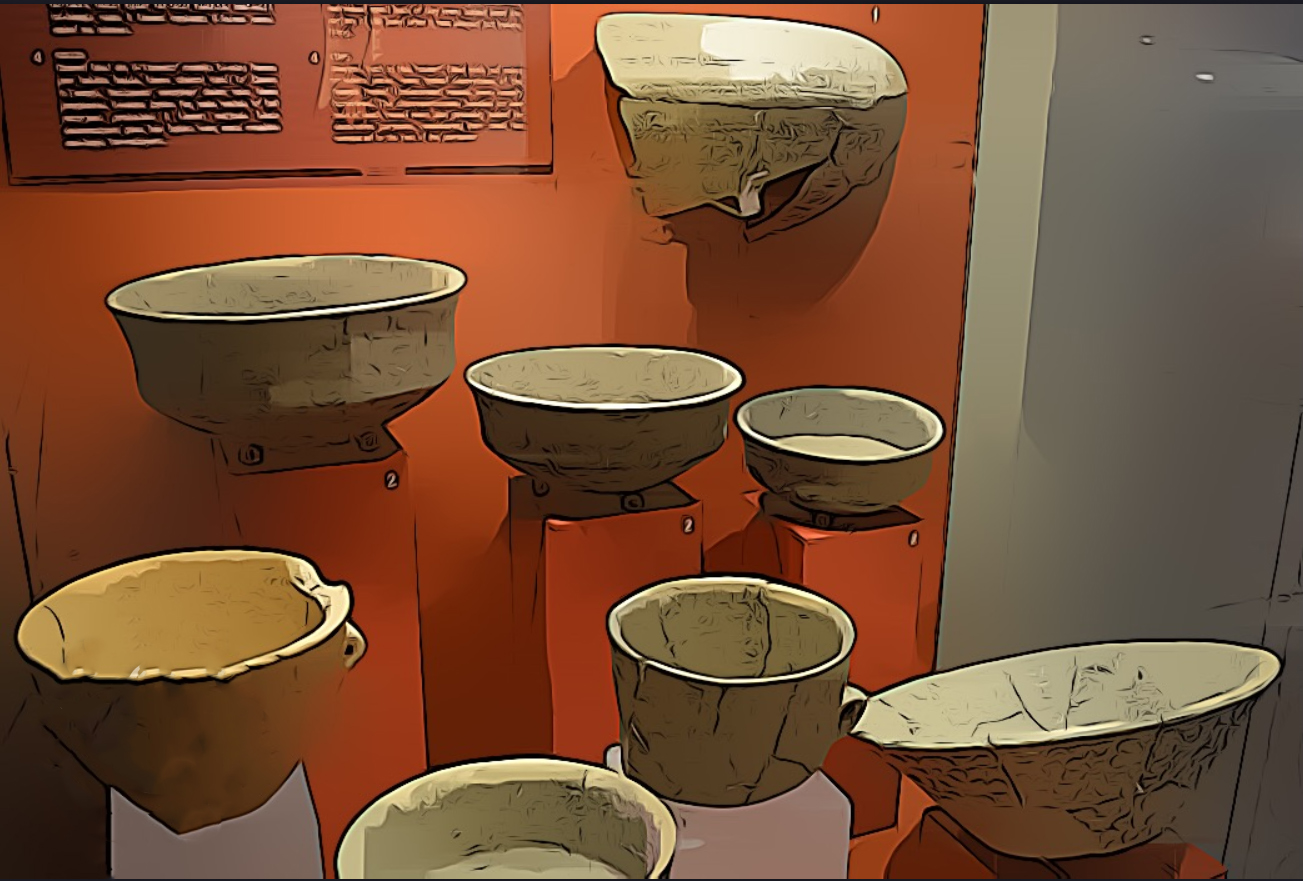
Life in the Neolithic Period
Life in Neolithic Malta was simple but challenging. People lived in small huts made of stone and wood, and their communities were close-knit. They worked hard to grow food, care for animals, and build their impressive temples. Although their lives were different from ours today, they showed great creativity and skill in adapting to their environment (Camilleri, 2020).
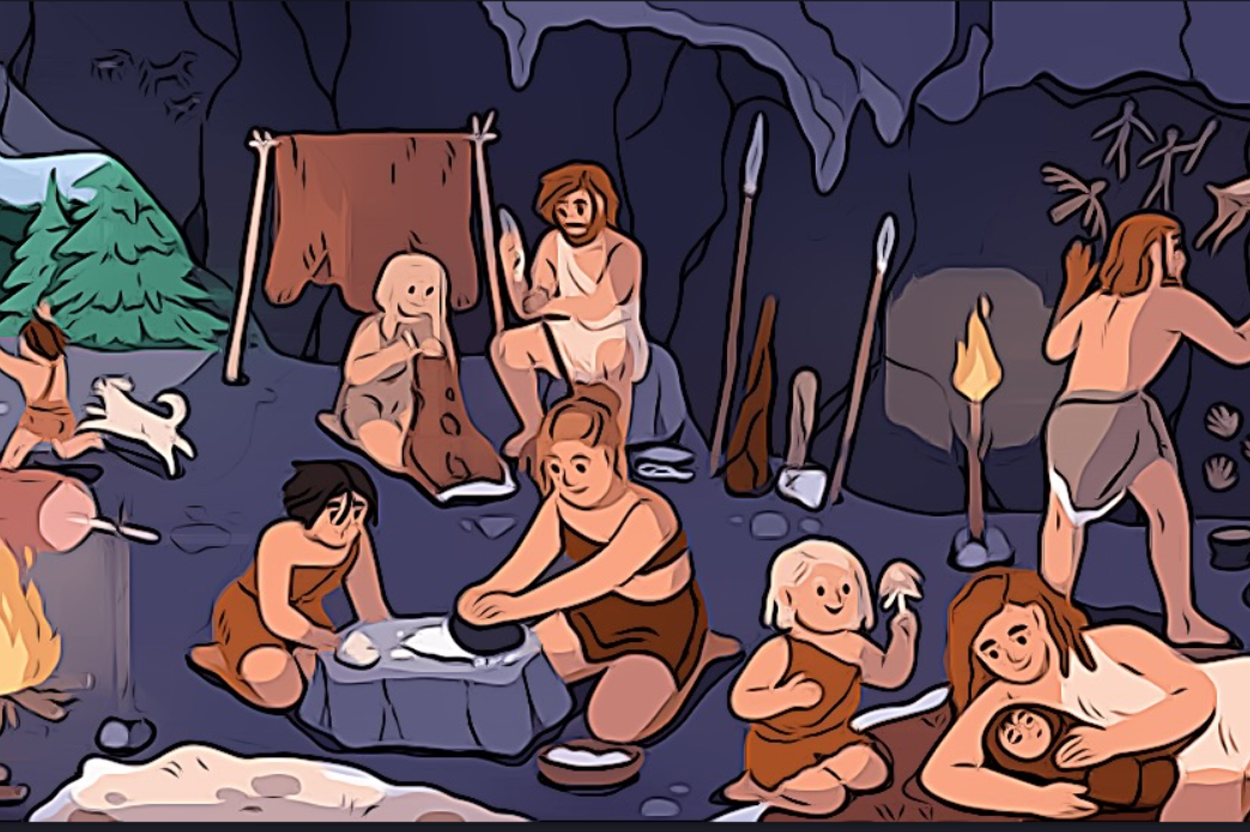
Learning from the Past
Today, we can learn a lot about the Neolithic people of Malta by visiting the temples and museums. Archaeologists study the artifacts and ruins they left behind to understand how they lived and what they believed. This knowledge helps us appreciate how people in the past shaped the world we live in today (Trump, 2002).
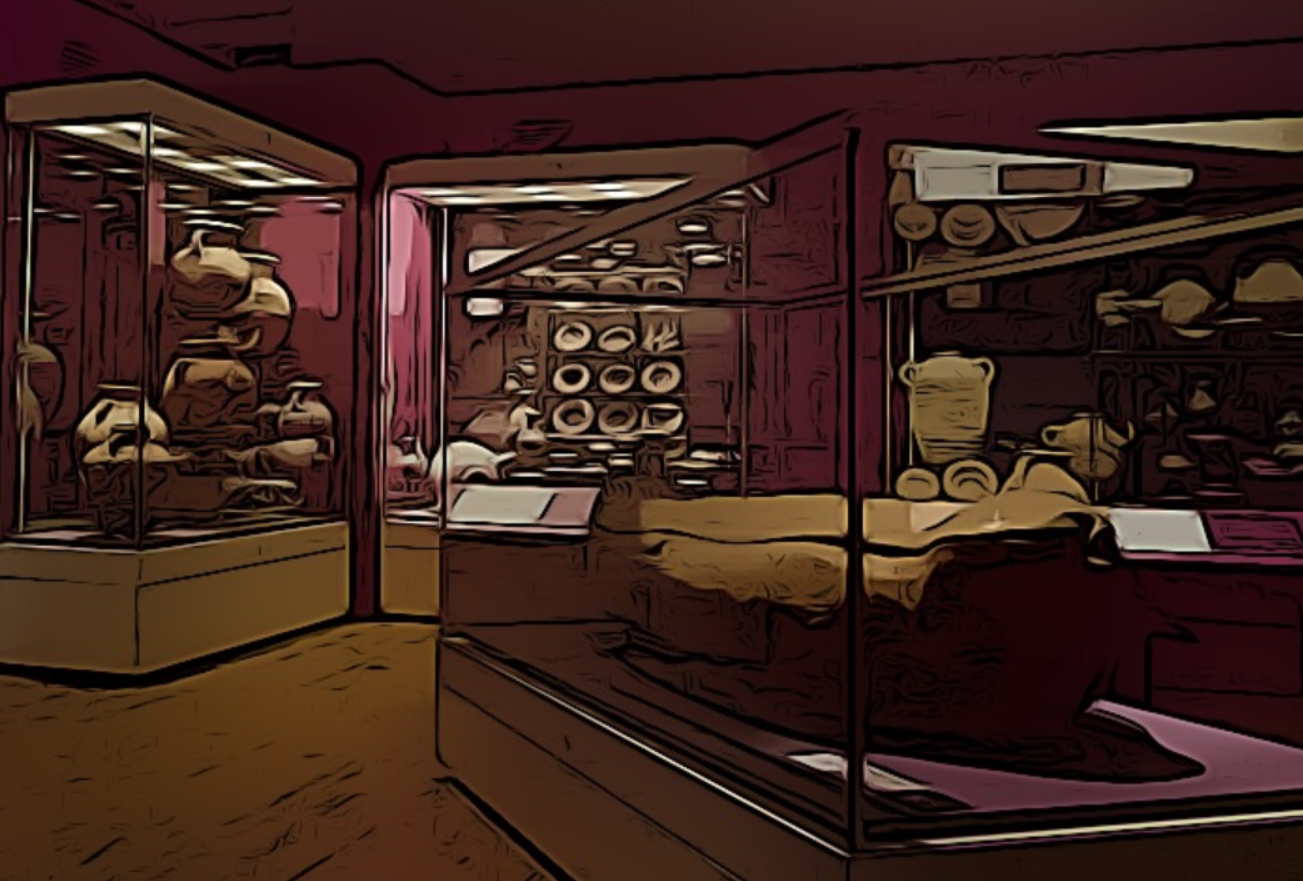
The Neolithic period in Malta was an incredible time when humans showed ingenuity and resilience. From farming to building extraordinary temples, these early settlers laid the foundation for life on the islands. By studying their achievements, we can understand how far humanity has come and be inspired by their creativity and determination.
References
Camilleri, A. (2020). Malta’s Prehistoric Heritage. Malta University Press.
Evans, J. D. (1971). The Prehistoric Antiquities of the Maltese Islands. London: Routledge.
Trump, D. H. (2002). Malta: Prehistory and Temples. London: Midsea Books.

